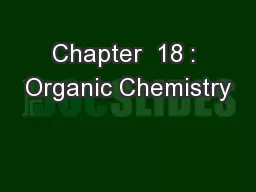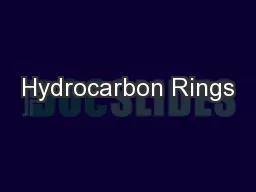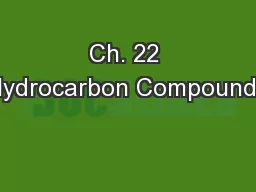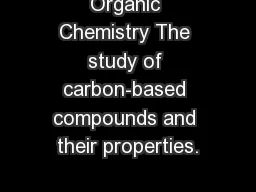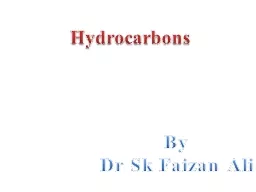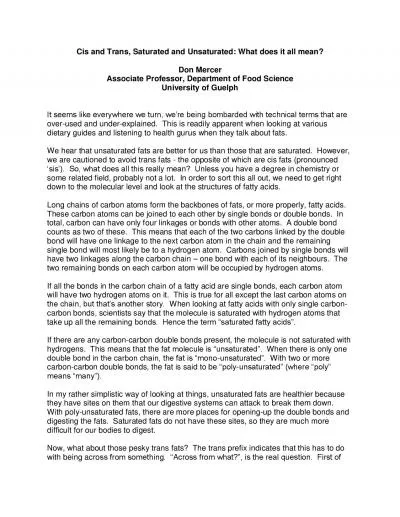PPT-Unsaturated hydrocarbons
Author : briana-ranney | Published Date : 2016-05-08
Orbitals Natural gas Fig 111 Aliphatic Hydrocarbon Structure Comparison Bonding and Geometry of TwoCarbon Molecules 111 Structure and Physical Properties
Presentation Embed Code
Download Presentation
Download Presentation The PPT/PDF document "Unsaturated hydrocarbons" is the property of its rightful owner. Permission is granted to download and print the materials on this website for personal, non-commercial use only, and to display it on your personal computer provided you do not modify the materials and that you retain all copyright notices contained in the materials. By downloading content from our website, you accept the terms of this agreement.
Unsaturated hydrocarbons: Transcript
Download Rules Of Document
"Unsaturated hydrocarbons"The content belongs to its owner. You may download and print it for personal use, without modification, and keep all copyright notices. By downloading, you agree to these terms.
Related Documents

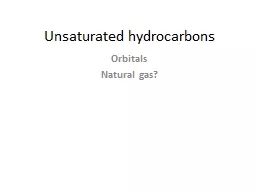
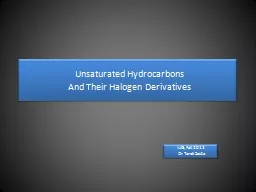

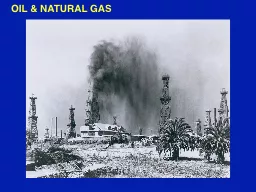
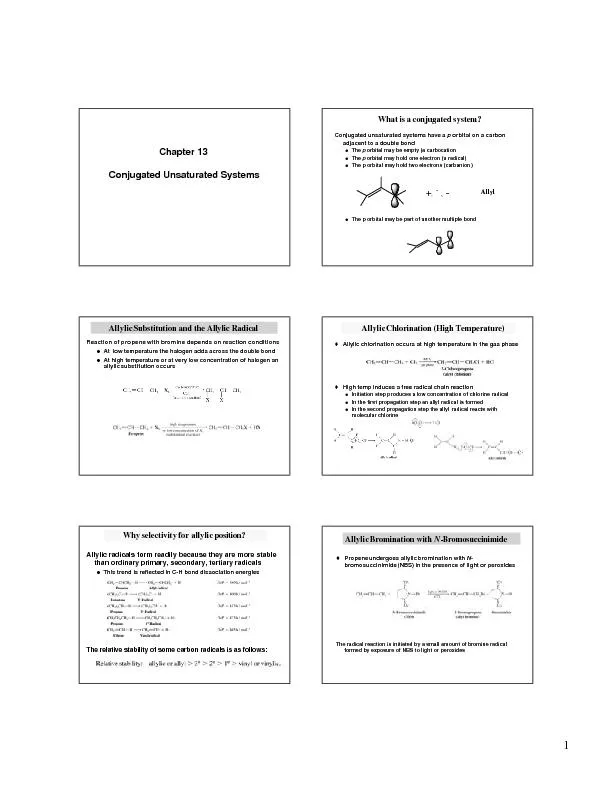
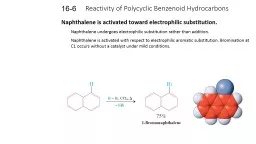
![BCH 302 [practical]](https://thumbs.docslides.com/513674/bch-302-practical.jpg)
